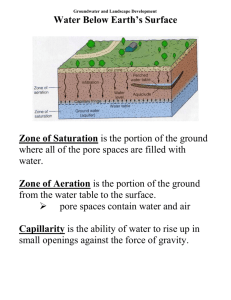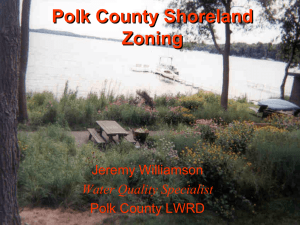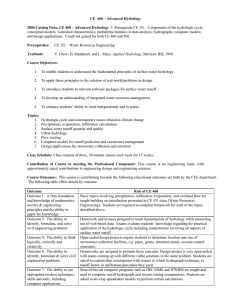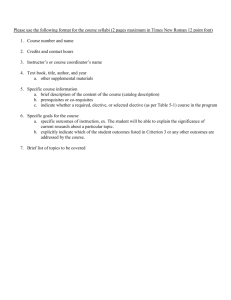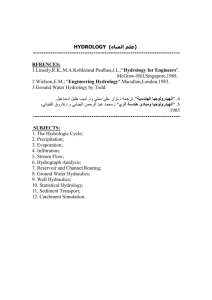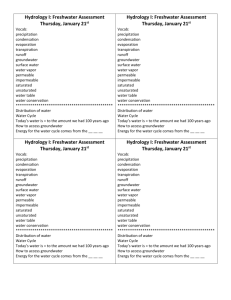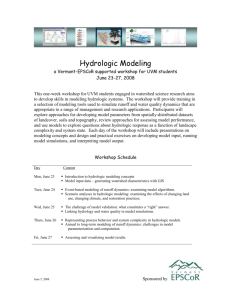Quantifying land use and urban run off change through service
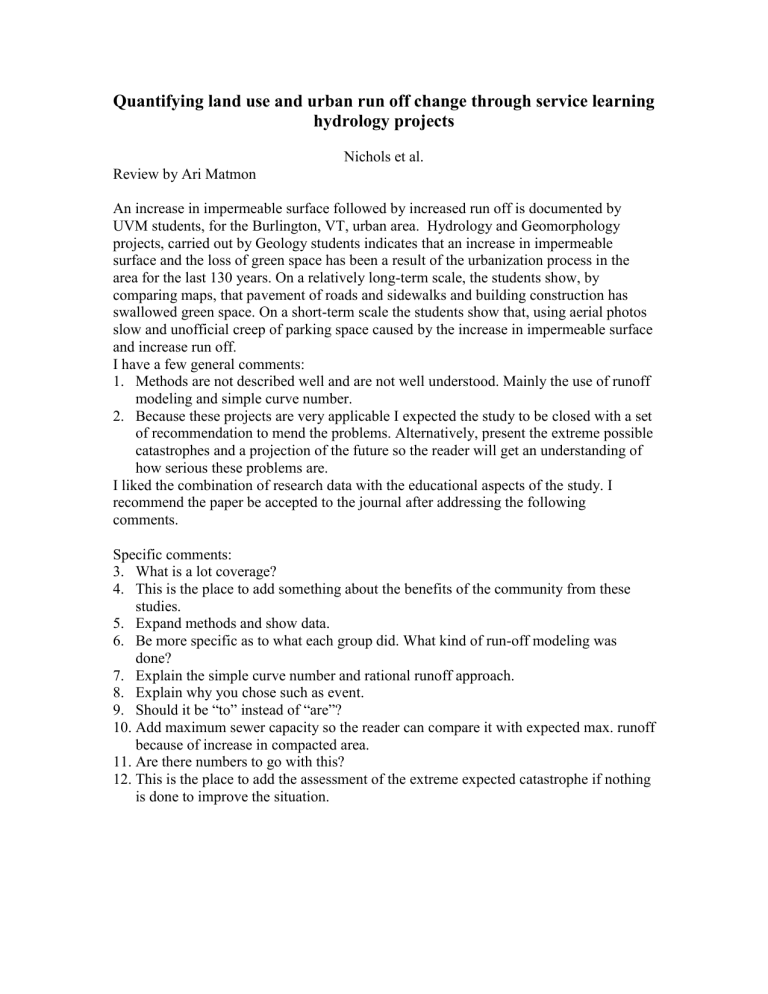
Quantifying land use and urban run off change through service learning hydrology projects
Nichols et al.
Review by Ari Matmon
An increase in impermeable surface followed by increased run off is documented by
UVM students, for the Burlington, VT, urban area. Hydrology and Geomorphology projects, carried out by Geology students indicates that an increase in impermeable surface and the loss of green space has been a result of the urbanization process in the area for the last 130 years. On a relatively long-term scale, the students show, by comparing maps, that pavement of roads and sidewalks and building construction has swallowed green space. On a short-term scale the students show that, using aerial photos slow and unofficial creep of parking space caused by the increase in impermeable surface and increase run off.
I have a few general comments:
1.
Methods are not described well and are not well understood. Mainly the use of runoff modeling and simple curve number.
2.
Because these projects are very applicable I expected the study to be closed with a set of recommendation to mend the problems. Alternatively, present the extreme possible catastrophes and a projection of the future so the reader will get an understanding of how serious these problems are.
I liked the combination of research data with the educational aspects of the study. I recommend the paper be accepted to the journal after addressing the following comments.
Specific comments:
3.
What is a lot coverage?
4.
This is the place to add something about the benefits of the community from these studies.
5.
Expand methods and show data.
6.
Be more specific as to what each group did. What kind of run-off modeling was done?
7.
Explain the simple curve number and rational runoff approach.
8.
Explain why you chose such as event.
9.
Should it be “to” instead of “are”?
10.
Add maximum sewer capacity so the reader can compare it with expected max. runoff because of increase in compacted area.
11.
Are there numbers to go with this?
12.
This is the place to add the assessment of the extreme expected catastrophe if nothing is done to improve the situation.
